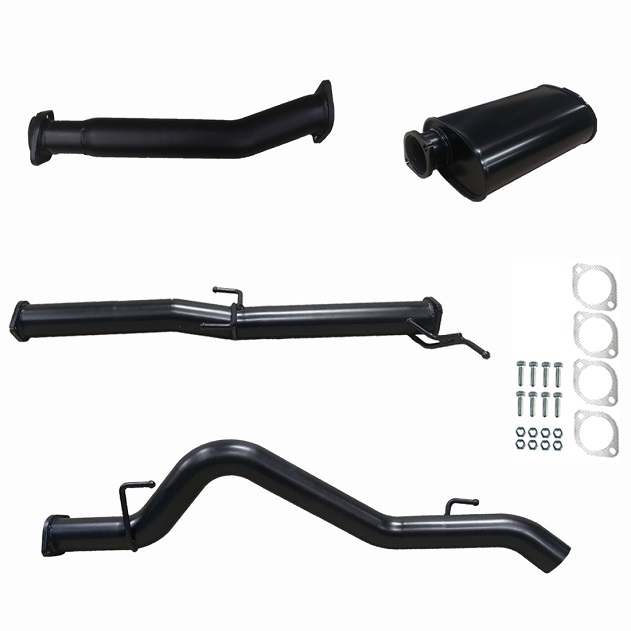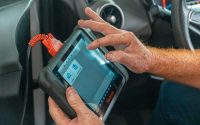The Ideal Way to Prevent Your DPF From Blocking
If you own a diesel 4×4, then you most likely already have a diesel particulate filter installed into the stock exhaust. However, if you’re looking to buy a brand new exhaust system for your 4×4, you also need to ensure the new exhaust features a DPF in order to comply with the necessary rules and regulations in your country.
Diesel particulate filters basically trap the harmful exhaust soot particles, and they need to be cleaned regularly through a process known as regeneration, which can be either forced, active or passive. In order to do that, the 4×4 DPF exhausts heat up to incredibly high temperatures, at which the soot burns and only leaves a residue of ash, hence completely regenerating and renewing the filter, allowing it to take on more soot from the engine.

However, all vehicles and 4×4 DPF exhausts block for different reasons. The rate at which the engine generates particulates, the quality of the oil and fuel, the driving style, and even the location of the filter inside the exhaust system can contribute to the filter blocking or not regenerating properly. Typically, the problems start when you drive around town, constantly stopping and starting, and the regeneration process cannot be fully completed.
If the process isn’t completed and you continue driving in the same manner, your vehicle may go in limp mode, and the speed will get restricted. A forced regeneration of the filter may cost you quite a bit of money. In order to prevent that, once you get the warning lights, continue driving for about 20 minutes at 60km/ph. You can also add a 100ml dose of DPF cleaner liquid to a full tank of fuel.
Depending on the type of vehicle you drive, the DPF filter may vary. PSA vehicles have an active on-board additive system that has its own pump and tank system which automatically doses the right amount of additive to the fuel. This method relies on a fuel additive to minimise the ignition temperature of the soot particles and the engine system management, and to monitor the load of the filter with a sensor and trigger a filter regeneration by changing fuel flow settings and engine timing.
The additive is usually stored in a different tank and it’s automatically mixed up with the fuel once you fill up. These refills are only performed once about every 120.000kms. If you fail to do this, you’ll need to visit a mechanic and plug the car to a computer program that will run the car and initiate the regeneration of the DPF. It is also very likely that you will need to change the oil filter and the engine’s oil.



